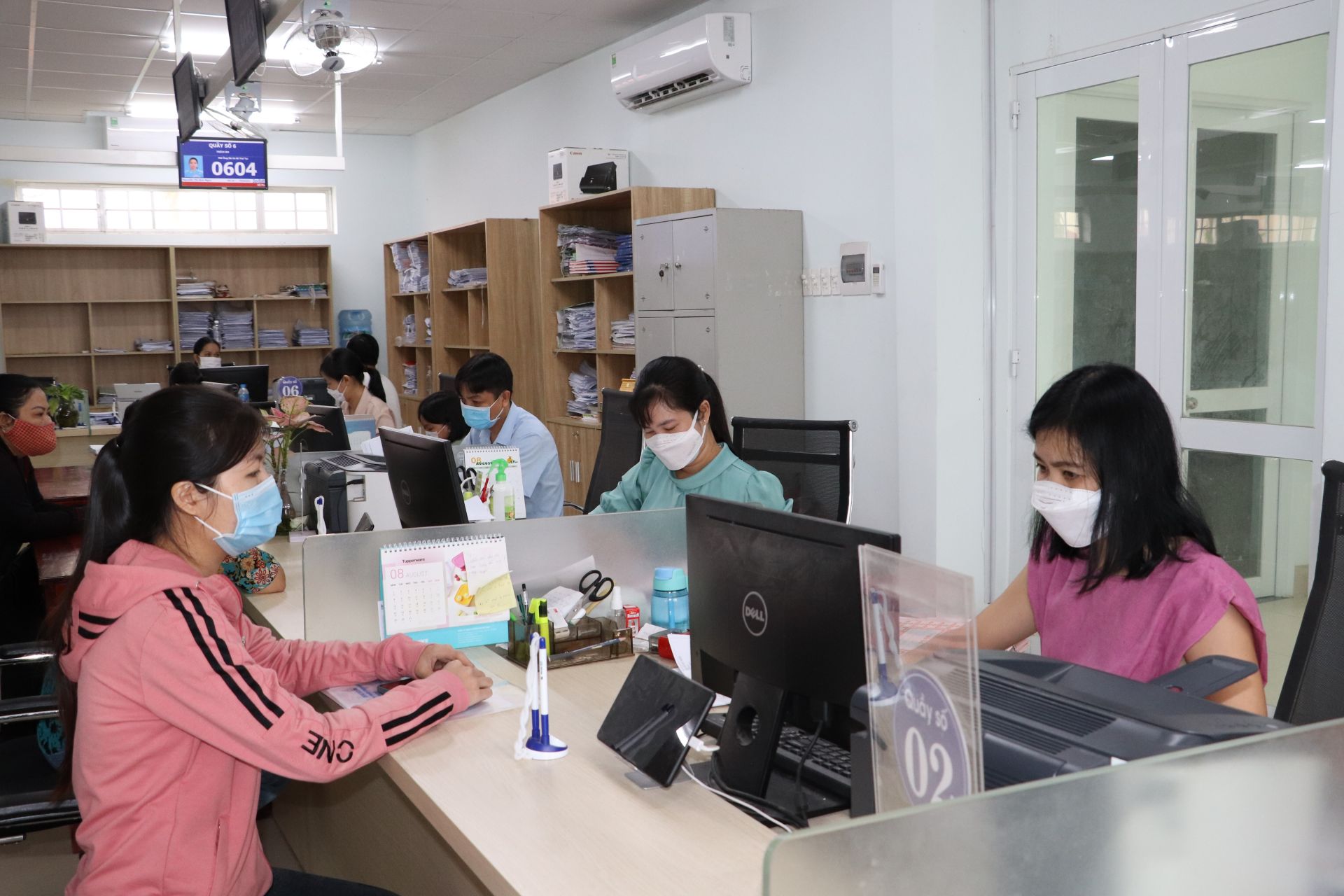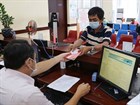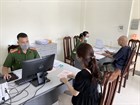Procedures for controlling waterway vehicles in Vietnam
What are the procedures for controlling waterway vehicles in Vietnam? – Ngoc An (Thai Binh)

Procedures for controlling waterway vehicles in Vietnam (Internet image)
Regarding this issue, LawNet would like to answer as follows:
Procedures for controlling waterway vehicles in Vietnam
The process of controlling waterway vehicles in Vietnam is prescribed in Article 9 of Circular 36/2023/TT-BCA as follows:
(i) Traffic control:
- After giving the command to stop the vehicle, officers of the patrol and control group instruct the vehicle to land on the shore, dock at the wharf (if inspected at the station), or ride side-by-side with the patrol and control vehicle. In case the place to stop the vehicle being inspected has a deep draft, complex terrain, a narrow, shallow channel, or stopping the vehicle is difficult, then notify the vehicle driver to slow down and control the patrol vehicle, controlling the side pressure of the vehicle to be controlled;
- The assigned group leader and team members board the vehicle and meet the vehicle owner or driver. Depending on each specific case, the assigned team leader or team member can perform a greeting gesture according to the People's Police Order or verbal greetings, introducing rank, full name, position, work unit; Notify the reason, content of control and request to comply with the control; Conduct control according to regulations;
- Content and control methods on vehicles:
+ Control documents of the vehicle, crew, and people traveling on the vehicle; control goods carried on vehicles, documents of goods, and other related documents according to regulations (hereinafter referred to as documents). When controlling documents, you must compare them with reality and determine their legality.
+ Control technical safety and environmental protection conditions of the vehicle: Control by observation or actual comparison with vehicle documents or technical equipment in sequence from inside to outside, from top to bottom. When necessary, check the database or request a professional assessment agency;
+ Transport safety control: Vessel's sinking level compared to the safe waterline mark; type, volume, quantity, specifications, size of goods and objects; actual number of people compared to the vehicle's carrying capacity; and measures to ensure safety in transport activities;
+ Control other related contents according to the provisions of law;
+ When inspecting, a representative of the vehicle owner or crew member or vehicle operator must be present. In the absence of the above people, the control must be attended by a representative of the local government where the control is located or at least one witness.
+ After the national and specialized databases have been connected to the electronic identification and authentication system and the information can be identified on the status of validity and use value of the above documents (temporary seizure, deprivation of use rights, revocation, confiscation, loss), the control through checking and comparing the information of those documents in the level 2 electronic identification account is as valuable as directly checking documents in paper copies.
- In case the vehicle driver presents documents, check and compare those documents directly.
In case the vehicle driver provides information about documents in the electronic identification account, check and compare the information on those documents in the electronic identification account. During the control process, if an electronic identity account is detected with signs of counterfeiting or an organization or individual has committed a violation, it is necessary to temporarily detain, strip, revoke, or confiscate documents, then request organizations and individuals to present those documents for processing according to the provisions of the law;
In cases of controlling vehicles transporting flammable substances, explosives, toxic substances, or other dangerous goods
There must be safe measures to take the vehicle away from residential areas or deserted places to conduct control; If necessary, request a specialized agency to participate in inspection activities.
(ii) Control standards and conditions to ensure the safety of inland waterway transport infrastructure. The control process, if violations are detected, must be recorded with images:
- For inland waterway infrastructure, inspection of the inland waterway signaling system, the safety of navigation channels, channel protection corridors, works, ports, and inland wharves must be conducted, as well as other related works, to detect violations and handle them according to the provisions of law;
- When detecting changes in the channel, route, or signaling system compared to the design or announcement of the waterway management agency or unusual changes, they must promptly record and propose to management agencies and units to take corrective measures or ensure traffic order and safety;
- In case of detecting dangerous obstacles that directly affect safety on the fairway, the patrol and control team organizes the placement of temporary signals, regulates traffic, and immediately notifies the waterway management agency to place signals to guide traffic; They also coordinate with waterway management agencies to identify obstacles, request the placement and maintenance of signals, and determine time and measures for salvage and clearance.
to ensure traffic safety and handle violations according to regulations.
(iii) After control, the patrol and control team notifies relevant people about the results of control, violations, and penalties for administrative violations (if any) and handles violations or reports violations to persons with authority to handle violations according to the provisions of law. In the event that no violation is detected, say thank you for your cooperation. In case a project, port, or inland waterway wharf is discovered to be unsafe and the representative of the project, port, or inland waterway wharf is absent, make an inspection record in the presence of a commune-level government representative or at least one witness; notify the project management unit, port, or inland waterway wharf; and schedule a working time according to regulations.
(iv) Control through professional technical means and equipment
- Officers operate and use technical and professional equipment and facilities according to the provisions of the law to detect and collect violations of the law on waterways by people and vehicles, and organize control and handle violations according to the provisions of the law. Drivers of vehicles participating in traffic are responsible for cooperating with inspection and control requests through the means and professional technical equipment of the Waterway Police;
- Results collected by professional technical means and equipment are photographs, images, printed forms, measurement indicators, and data stored in the memory of professional technical means and equipment; to compile statistics, make a list, print out photos or records of violations, and keep them in records of administrative violations according to the provisions of law and the Ministry of Public Security's records work;
- When controlling through professional technical means and equipment, if information and images of illegal acts of people and vehicles participating in waterway traffic are discovered and collected, the person with sanctioning authority shall carry out the following:
Organize forces to stop vehicles to control and handle violations according to the provisions of the law. In case the violator or representative of the violating organization requests to see information, images, and results collected about the violation, let them see if the information, images, and results are available there; If not available, instruct violators and representatives of violating organizations to view information, images, and results when coming to handle violations at the unit's headquarters;
In case the violating vehicle cannot be stopped to control and handle the violation, the provisions in Article 16 of this Circular shall comply.
- Key word:
- waterway vehicle
- in Vietnam
- Principles for limiting the use of images of actors using tobacco in cinematic and theatrical works in Vietnam
- Standards for appointment to the senior inspector rank in Vietnam
- Organizational structure of the Inspectorate of the Ministry under the Law on Inspection 2022 in Vietnam
- Procedures for settling financial support for occupational safety and hygiene training in Vietnam
- Classification of labor according to working conditions in Vietnam
- Plan for inspection in 2025 of the Ministry of Health of Vietnam
-

- Emergency response and search and rescue organizations ...
- 10:29, 11/09/2024
-

- Handling of the acceptance results of ministerial ...
- 09:30, 11/09/2024
-

- Guidance on unexploded ordnance investigation ...
- 18:30, 09/09/2024
-

- Sources of the National database on construction ...
- 16:37, 09/09/2024
-

- General regulations on the implementation of administrative ...
- 11:30, 09/09/2024
-

- Regulations on the residence of persons without ...
- 10:36, 30/11/2024
-

- Regulations on documents, materials, and information ...
- 10:34, 30/11/2024
-

- Organizational structure of public service providers ...
- 10:00, 30/11/2024
-

- Principles for limiting the use of images of actors ...
- 09:30, 30/11/2024
-

- Regulations on content and speech on social media ...
- 09:00, 30/11/2024

 Article table of contents
Article table of contents
